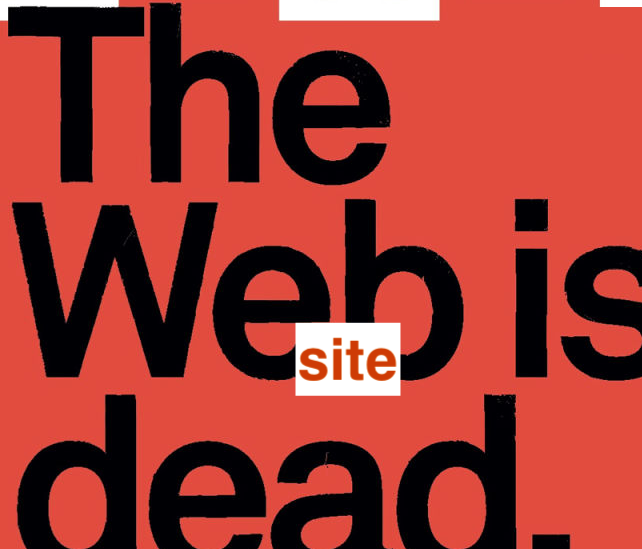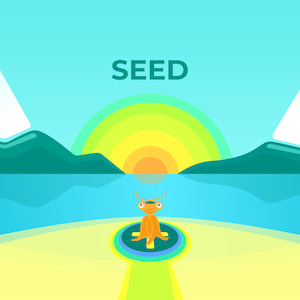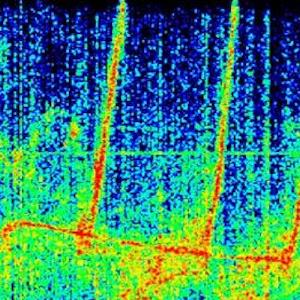How did cows, goats, cats and rats reach Tasmania? Did the Brown Grasshopper fly all the way from Botswana to Brazil? How did alien weed occupy the old forests? How did mosquitos evolve and adapt on slave ships? How did African Bullfrogs multiply in Australia? Why is Cannabis Indica found allover the world? Organisms and colonization. Invasion and transformation. The native and the foreign. The human and the feral. The host and the parasite. We are skipping above the Anthropocene space-time. The earth is revealing a multidimensional odyssey. Nature inspires us to tell stories, set new narratives, that are "simultaneously about human beings and also about the natural world". Why? Perhaps to "provoke wonder in the midst of dread". Welcome to the Feral Atlas!
Anna Tsing explains the compelling need to create new histories and narratives, in order to view the "non-human" in ways not achieved before - not by myth or mainstream science. "There are particular ways of storytelling about humans, and then there are wholly different ways of storytelling about plants and animals, or rocks and climate... We don't know how to mix these up very well. They have different genres, different expectations, and so most of the time we tell stories about humans as if we humans lived in a vacuum. And, in the same way, when we tell stories about plants and animals, or rocks and climate, it's as if they lived without humans. So somehow, the challenge of the Anthropocene is to figure out how to bring these ways of understanding the world together...[springer.com]". The transformation of land, rivers, mountains, waterways and jungles, also coincides with the displacement of millions of species. The great acceleration of human systems leading up to the ongoing mass extinction. The ruins of past empires leading up to the giant wheels of our civilization, threatened by it's own maddening construct and size. The past 500 years contain several 'detonator landscapes' - singular events in history, often unfolding with "terrible consequences".
Invasion, Empire, Capital and Acceleration (Detonator Landscapes)
What are Detonator Landscapes? Singular man-made events which tremendously impacted the world. In ways unforeseen, cascading over time, distance and ecosystems. Take some of the loudest examples of Detonator Landscapes, as pointed out by Anna Tsing in a recent interview. Spanish ships lead by Columbus reach the 'New World' (1492). The First Industrial Revolution (1770). Hiroshima Nagasaki A-Bomb (1945). Advent of Globalization (1982). Not just points on a timeline, these historic events (triggers) lead to multiple changes (detonators) rapidly destroying ecosystems and messing up the overall natural order. Our history of conquest and it's consequences. Anna Tsings encapsulates this continuum as "world making and world destruction" happening at the same time, again and again. According to Tsing, the Corona virus pandemic is not a Landscape Detonator. She, like many scientists insists that the virus was a consequence of existing factors. The rapid industrialization of China, the toxic meat processing industries within, the non-human actors (pigs, bats, bacteria etc) and rapid global transport - binding together as feedback loops, from which the last pandemic emerged. A fatal consequence and not an accident, as we were made to believe.
The Feral Atlas depicts multiple temporalities and the visually rich interface shows how the world changed, over centuries, due to Invasion, Empire, Capital and Acceleration. Unforeseen and irreversible changes, leading up to our current geologic age, the Anthropocene. To wrap, Anna Tsing insists on extending our knowledge and kinship with the world around us, "in order to see and feel, both non-human and human histories, that get entangled with each other all the time... the Feral Atlas is a teaching tool, a storytelling device, unraveling our past and present, for the emerging generation..."
https://feralatlas.org/






























0 -